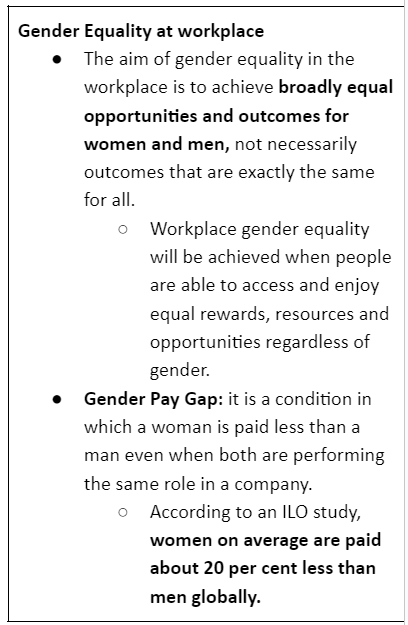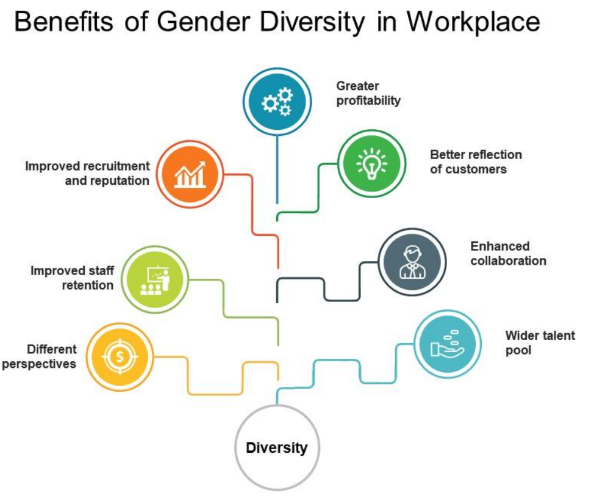| China new ‘standard map’ of border areas |
About Aksai Chin:
|
| UNICEF |
About the United Nations Children’s Fund (UNICEF):
|
Context:
Recently, CARE Ratings released a report titled ‘Erratic Monsoon, Food Prices, and Rural Demand’.
Highlight of Report
News Source: The Hindu
Context:
The United Nations Development Programme (UNDP) has developed an open-source software which allows countries to effectively manage national data and processes for trading carbon credits.
National Carbon Registry:
What are Carbon Credits?
|
Need for the National Carbon Registry:
Significance of the National Carbon Registry:
News Source: UNDP
Context:
Recently, the Elephant Corridor Report 2023 was released by the Ministry of Environment.
Key Points from the Elephant Corridors of India 2023 Report:
About Project Elephant:
Elephant Corridor
|
Suggestions:
News Source: New Indian Express
Context:
Major tech companies in Europe like Google, Facebook etc are facing a challenge in cleaning up online content as the European Union’s Digital Services Act (DSA) takes effect on August 25.About Digital Services Act (DSA):
Importance of the Digital Services Act (DSA) for India and other non-EU regions:
News Source: The Indian Express
Context:
India has over half a billion Jan Dhan accounts, in less than a decade under its Pradhan Mantri Jan Dhan Yojana.
More on News:
About Universal Basic Income:
Global Precedents:
Indian Precedents: The 2011–12 UBI pilots in Madhya Pradesh showed that a basic income was transformative for participants. |
Benefits of Universal Basic Income(UBI):
Inclusion errors:
Exclusion errors:
|
Challanges:
Way Forward:
News Source: Livemint

Context:
Recent research from various agencies such as S&P global found that in India’s 50 largest firms, two-thirds have fewer than 20% women employees.
More on the News

Need of Gender Equity
 Innovative Approach: By encompassing a wider range of perspectives, gender-diverse teams fuel creativity and strategic thinking, giving businesses a competitive edge in today’s dynamic market.
Innovative Approach: By encompassing a wider range of perspectives, gender-diverse teams fuel creativity and strategic thinking, giving businesses a competitive edge in today’s dynamic market.Challenges in Achieving Gender Equity
Way Forward
Conclusion
Gender Gap Report, 2023
|
News Source: HB
SC Verdict on Newsclick Shows Adherence to Due Pro...
Stay Invested: On Chabahar and India-Iran Relation...
Credit Rating Agencies, Impact on India’s De...
Catapulting Indian Biopharma Industry
Globalisation Under Threat, US Import Tariffs Have...
Global Report on Hypertension, Global Insights and...
<div class="new-fform">
</div>
